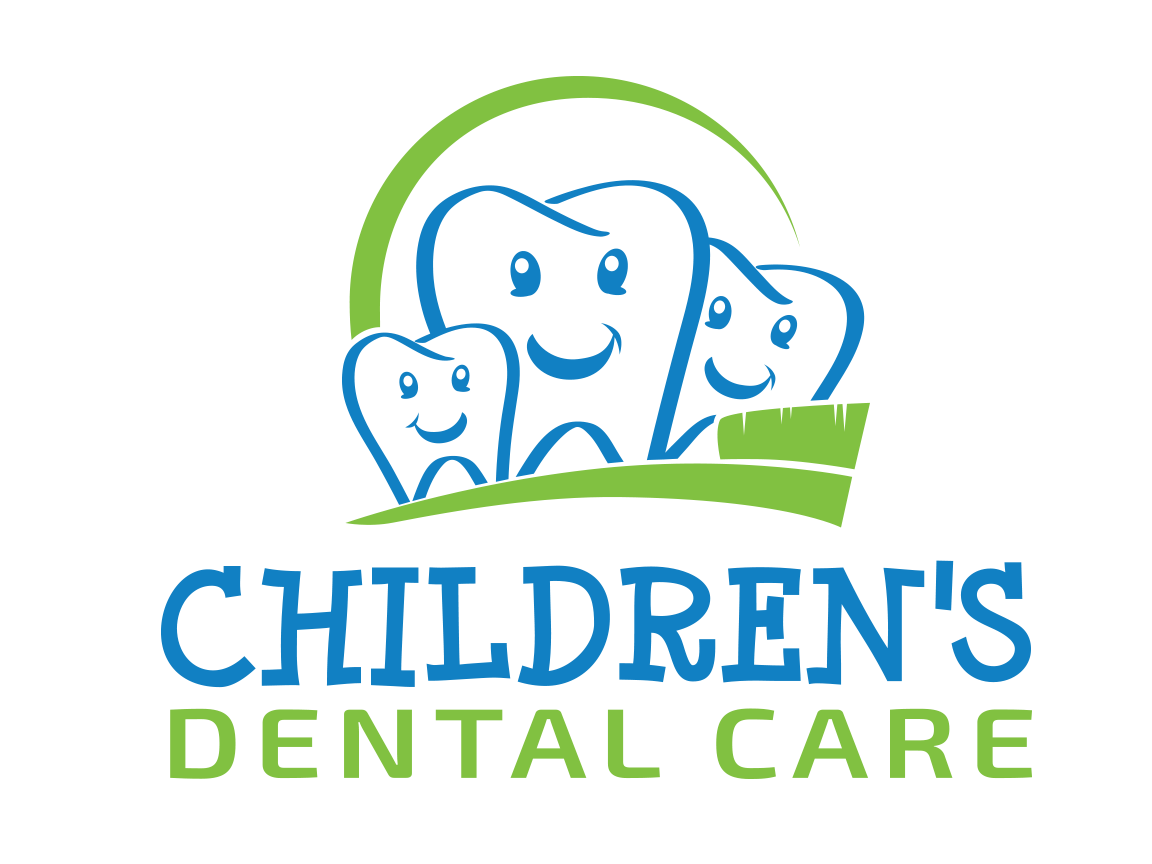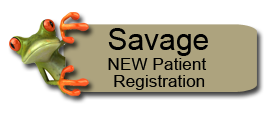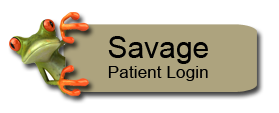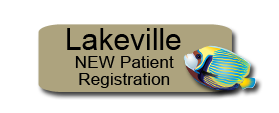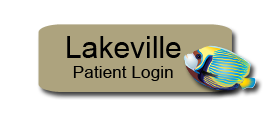Dental FAQs > Dental FAQs Category > Care of Your Child's Teeth
Begin daily brushing as soon as the child’s first tooth erupts. A tiny pea-size amount of fluoride toothpaste can be used after the child is old enough not to swallow it. By age 4 or 5, children should be able to brush their own teeth twice a day with supervision. However, each child is different. Your dentist can help you determine whether the child has the skill level to brush properly.
Proper brushing removes plaque from the inner, outer and chewing surfaces. When teaching children to brush, place toothbrush at a 45 degree angle. Start brushing along the gum line with a soft bristle brush in a gentle circular motion. Brush the outer surfaces of each tooth, upper and lower. Repeat the same method on the inside surfaces and chewing surfaces of all the teeth. Finish by brushing the tongue to help freshen breath and remove bacteria. Establishing a specific routine (brushing the teeth in a certain order) will help ensure that the child does not miss any areas.
Flossing removes plaque between the teeth where a toothbrush can’t reach. Flossing should begin when any two teeth touch. You should floss the child’s teeth until he or she can do it alone. Use about 18 inches of floss, winding most of it around the middle fingers of both hands. Hold the floss lightly between the thumbs and forefingers. Use a gentle, back-and-forth motion to guide the floss between the teeth. Curve the floss into a C-shape and slide it into the space between the gum and tooth until you feel resistance. Gently scrape the floss against the side of the tooth. Repeat this procedure on each tooth. Don’t forget the backs of the last four teeth. Floss picks can be substituted if you wish.
Last updated on June 7, 2010 by Children's Dental Care
